Climate science
-
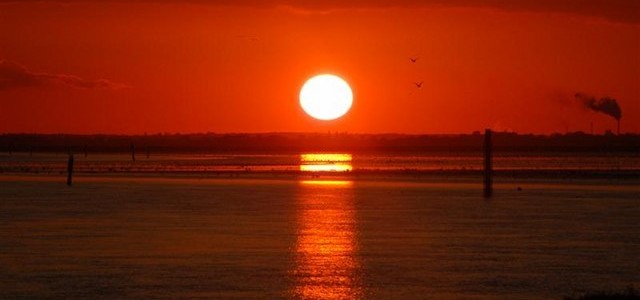
Is the sun causing climate change? Is more carbon dioxide good for plants? Is a snowstorm proof that there is no global warming? Are climatologists getting paid lots of money to promote extreme climate scenarios in the future (hah)? If you get questions about climate change from people who are uncertain or skeptical about it,…
Posted in: Climate science -

As always, there are many stories being published about climate and agriculture in the news. Here are some of the latest interesting ones I have read. They cover a variety of topics from cloud seeding to atmospheric optics to water quality impacts on eagles (featuring work by UGA professor Susan Wilde). The Guardian: US states…
-
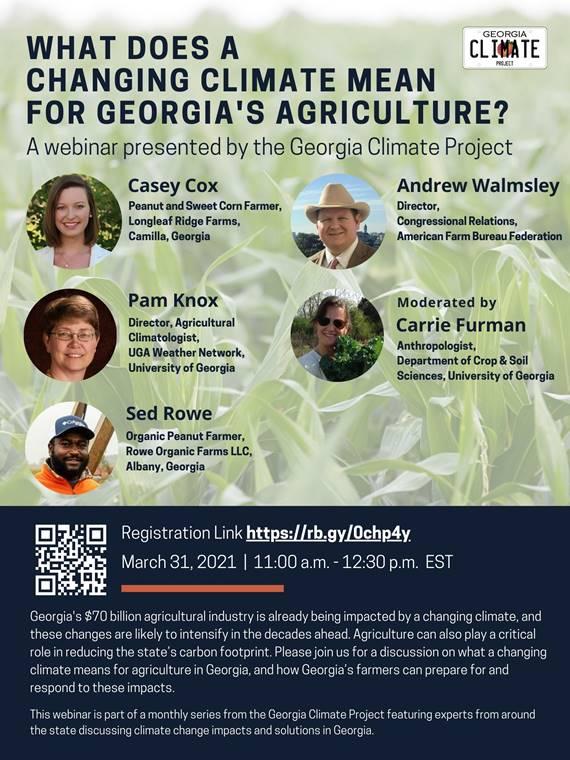
On Wednesday, March 31 at 11:00 am EDT I will be one of several speakers participating in a Georgia Climate Project webinar on how the changing climate is affecting Georgia’s agriculture. I will talk about changes we are seeing in climate in Georgia and then several farmers will discuss what these changes mean for how…
-
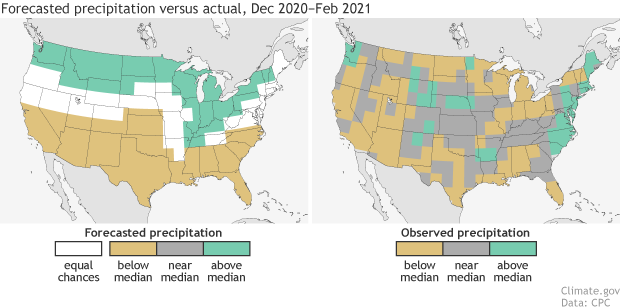
Most people have noticed that the actual weather that happened in the past winter was very different than what NOAA predicted before winter started. NOAA posted a story today which analyzed how well their winter forecast verified. They showed that the prediction was not as bad as you might think, but it was definitely one…
-
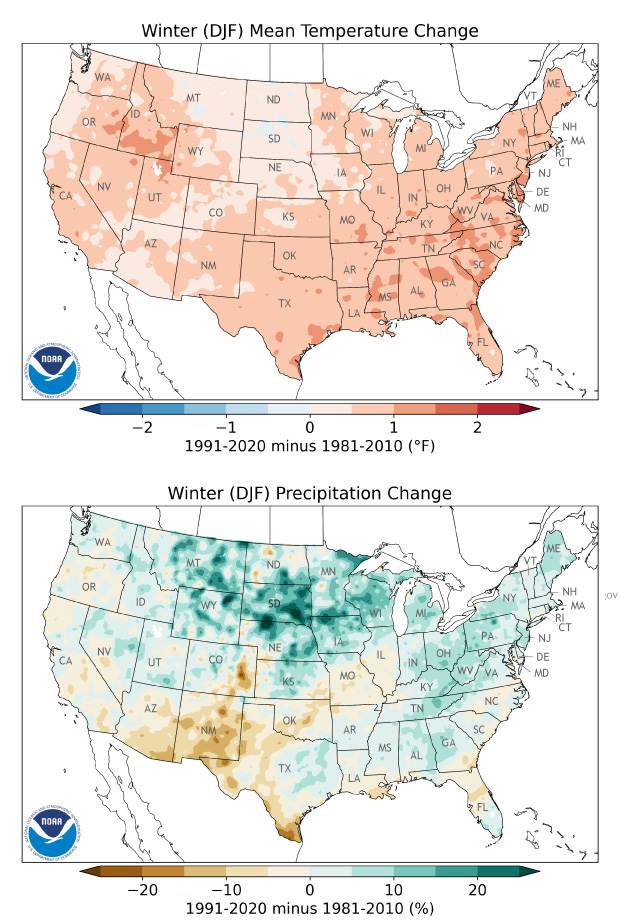
Every ten years, the United States and many other countries release a new set of 30-year average temperature and precipitation values, which are called “climate normals”. They are intended to capture the average conditions for the last 30 years and are used by many industries, including agriculture, to make decisions about what kind of weather…
-
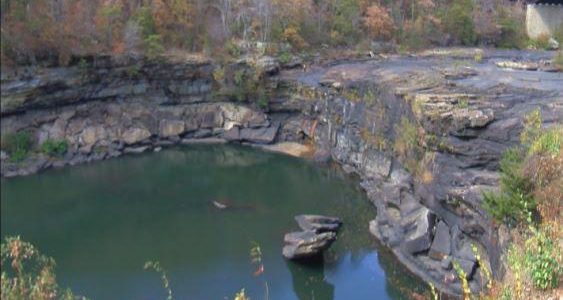
A new study published recently in the journal Science shows that as the climate gets warmer, it is affecting the flows of rivers around the world. The water cycle is getting accelerated, leading to both more flooding and more droughts. That affects the flow of rivers, since flooding overtops the banks, while droughts leave very…
-
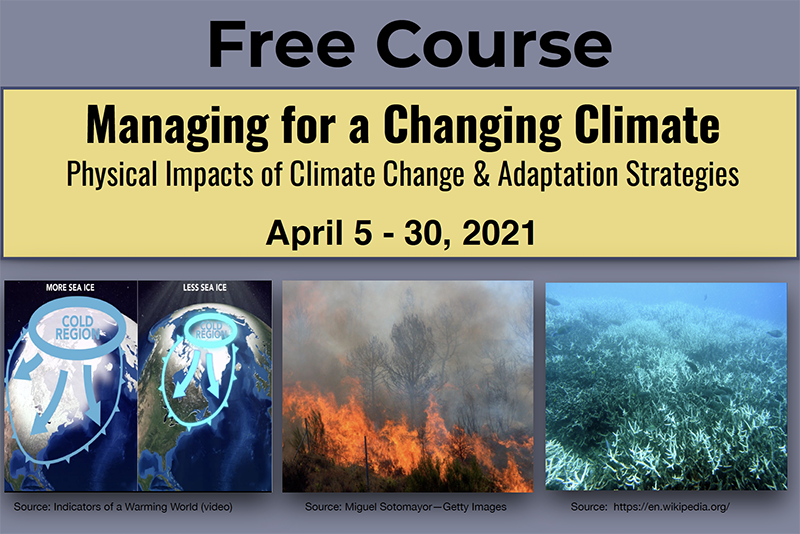
The South Central Climate Adaptation Science Center is offering a free online course on climate change and how to adapt in April that you may be interested in participating in. This self-paced, 4-week course will introduce participants to the physical and ecological impacts of climate change. These include how climate change may impact hydrology, polar…